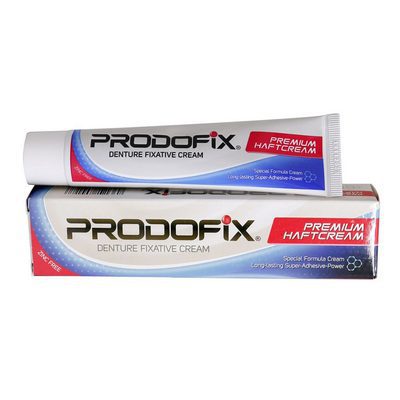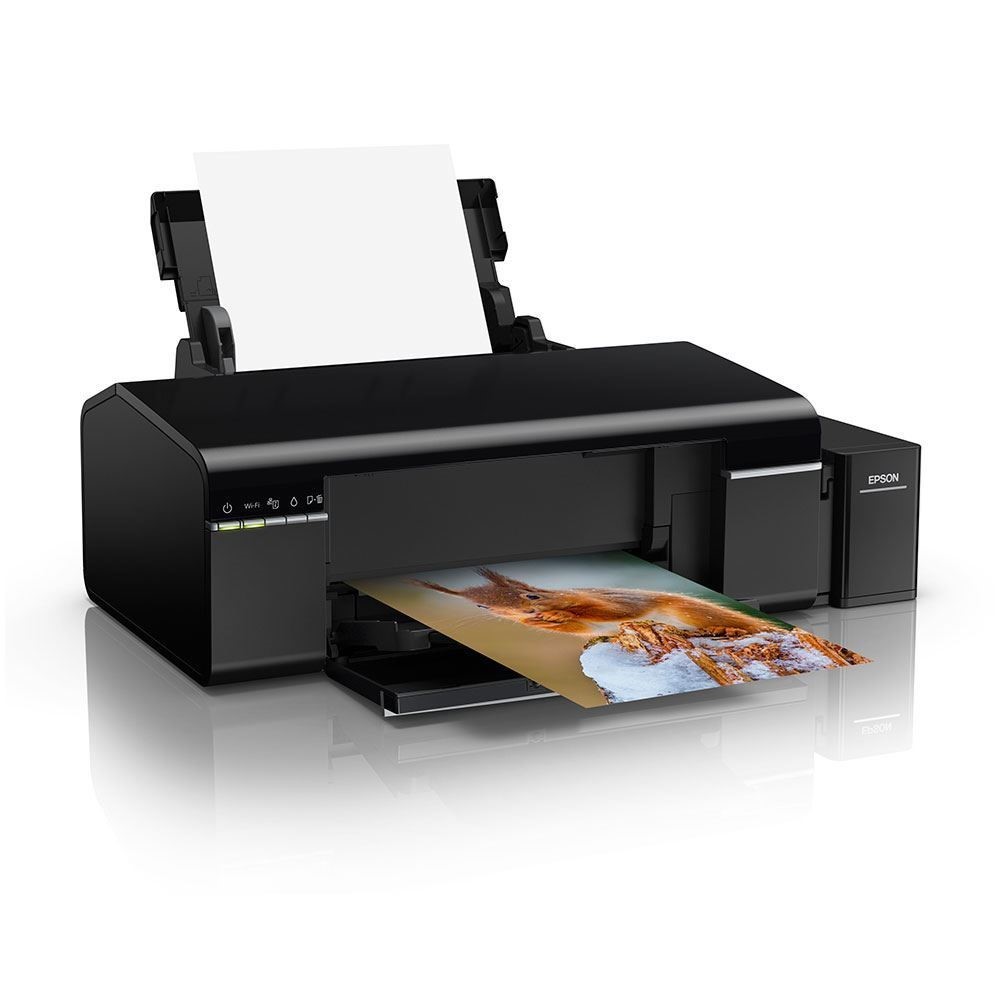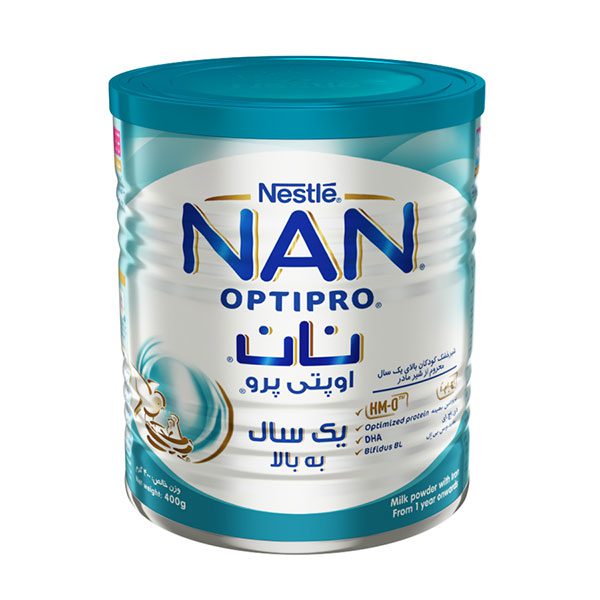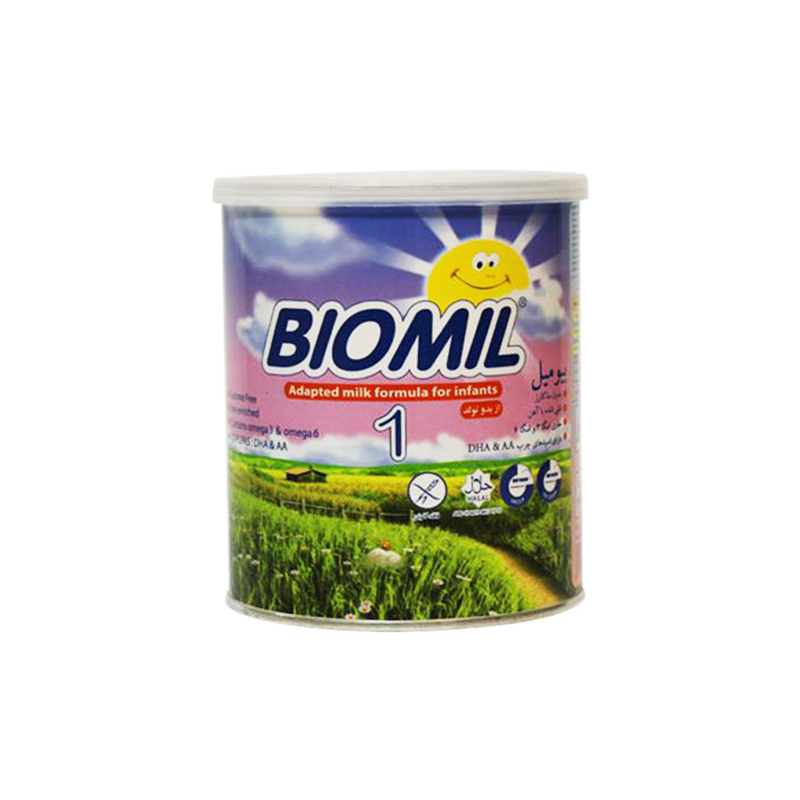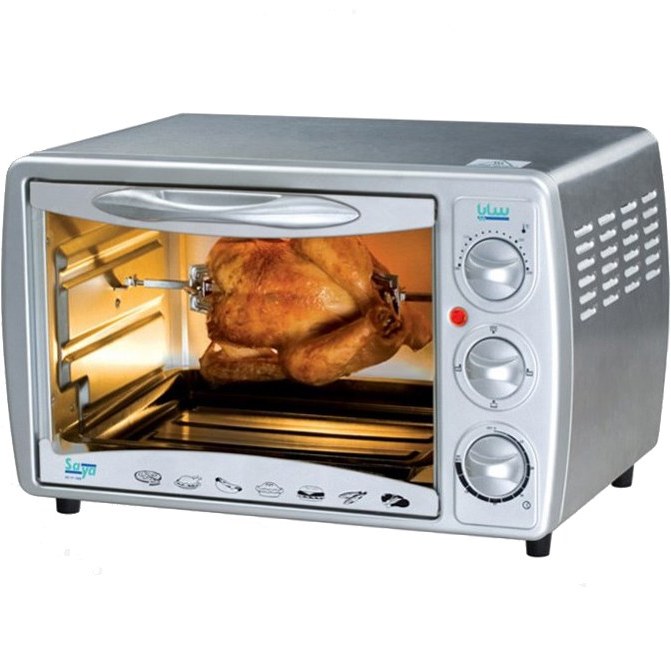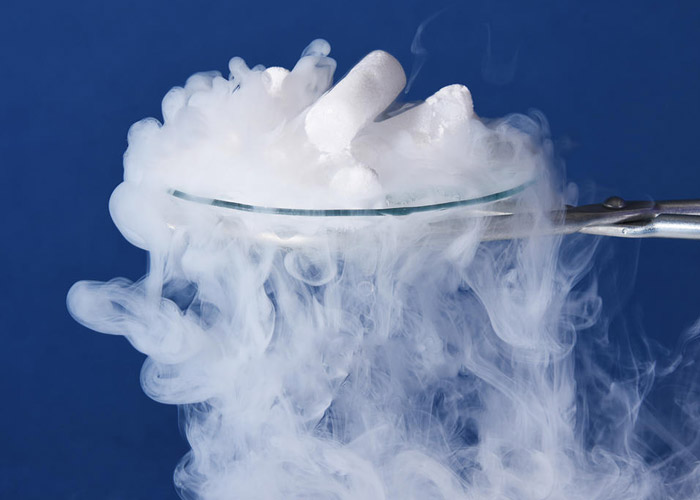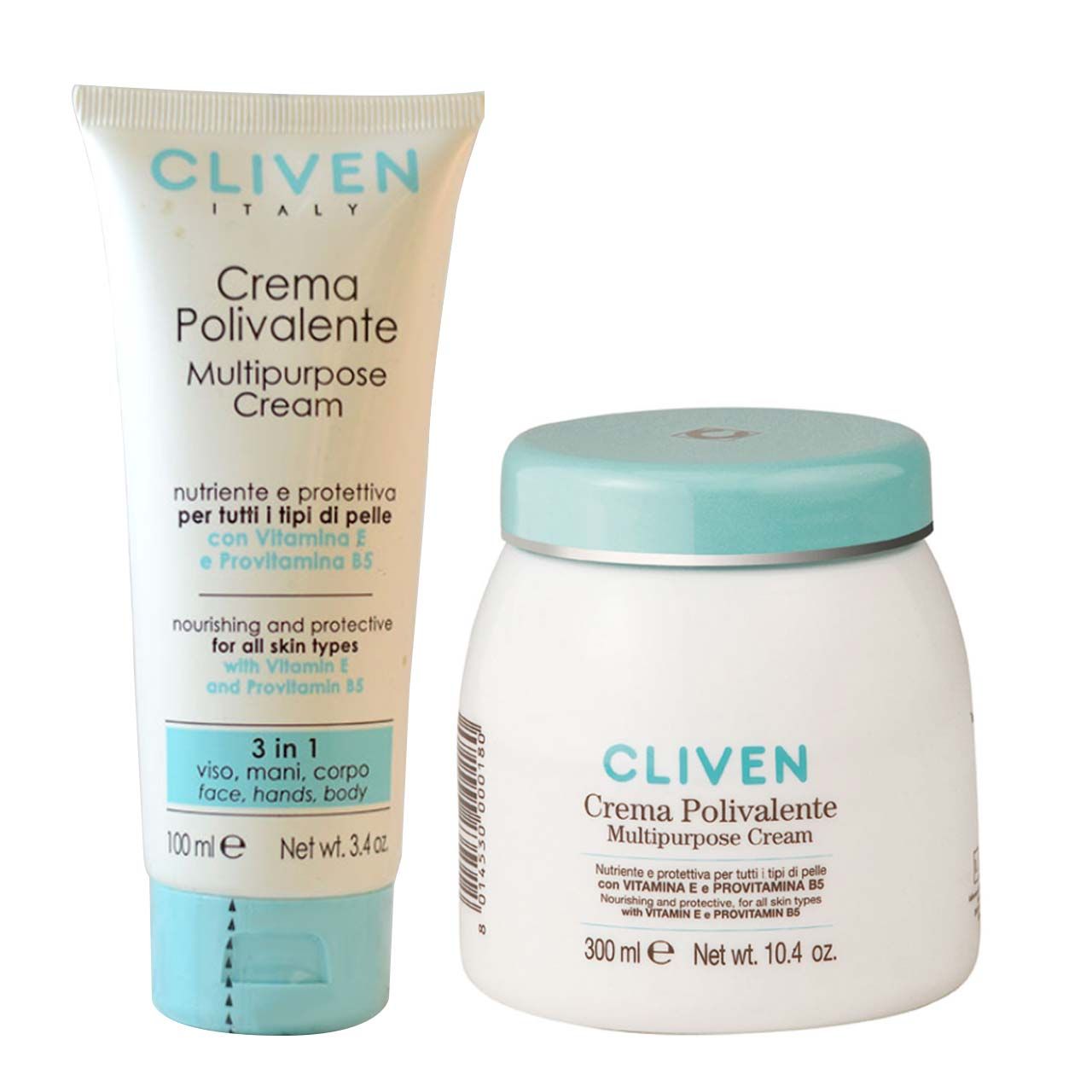You can know the Qibla direction by using the Qibla Finder at onlinecompass.net/qibla-finder. It's online, free, precise, and easy to use. Simply visit the website, allow location access, and it will accurately point you towards the Qibla. This tool is especially helpful for travelers and anyone needing a quick and reliable way to find the direction of prayer.

?What is the accurate direction of Qibla
Tono Saksono, Islamic Science Research Network at HAMKA University in the article “Geodetic analysis of disputed accurate qibla direction” published in Journal of Applied Geodesy explains:
The accurate direction of the Qibla, towards which Muslims face during prayer, has long been a topic of debate among Muslim communities worldwide, from developing to developed countries. This study aimed to analyze the geodetic azimuths of the Qibla calculated using three different Earth models. Our findings suggest that the ellipsoidal model of the Earth provides the most accurate method for determining the direction of the Kaaba from any location on the Earth's surface.
However, it's important to note that even with accurate geodetic calculations, a Muslim cannot physically face the Qibla correctly if they cannot see the Kaaba due to various obstacles or movements during prayer, which can significantly shift the Qibla direction from the actual position of the Kaaba. Therefore, the requirement of facing towards the Kaaba is more of a spiritual prerequisite than a physical necessity.
Understanding the Direction of Prayer in Islam
According to Sahih al-Bukhari, a collection of hadith compiled by Imam Muhammad al-Bukhari:
The Qibla refers to the direction of prayer in Islam, facing the Kaaba in Mecca. Initially, the Prophet Muhammad and his followers prayed facing Jerusalem (Bait-ul-Maqdis) for 16-17 months. However, the Prophet wished to face the Kaaba, and Allah revealed Quranic verses (2.144 and 2.149) instructing him to do so. The change in Qibla was a significant event in Islamic history, and the Prophet and his followers turned their faces towards the Kaaba during prayer. The Qibla has remained an essential aspect of Islamic prayer, symbolizing unity and spiritual connection with the holy city of Mecca.
Based on the text, here are the key points about the Qibla:
- Initially, the Prophet Muhammad and his followers prayed facing Jerusalem (Bait-ul-Maqdis).
- The Prophet wished to face the Kaaba in Mecca, and Allah revealed Quranic verses instructing him to do so.
- The change in Qibla occurred during the Prophet's lifetime, and he prayed facing the Kaaba after the revelation.
- The Qibla was changed from Jerusalem to the Kaaba, which has remained the direction of prayer in Islam since then.
- The Qibla is an essential aspect of Islamic prayer, symbolizing unity and spiritual connection with the holy city of Mecca.
Determining the Qibla Direction using Cartography
When Muslims respond to the call to prayer, they must orient themselves towards the Kaaba, a sacred edifice in Mecca, Saudi Arabia. While the direction is straightforward for those in proximity to Mecca, Muslims in North America face a challenge in determining the correct direction. This direction is known as the Qibla.
The controversy surrounding the Qibla stems from the various methods used to determine the direction of Mecca.
Some Muslims employ a practical approach by using a flat map to locate their position, identify Mecca, and draw a straight line (rhumb line) between the two points. This line is then used to calculate the angle required to face Mecca from a cardinal direction (true north or due east).
However, determining the cardinal directions poses an additional challenge. While magnetic compasses can provide a general indication of north, they actually point towards the Magnetic North Pole, which is distinct from the geographic North Pole and is located in Canada. The magnetic north pole is also in constant motion.
To accurately determine true north, one must account for the magnetic declination, which is the difference between true north and magnetic north. This variation can be significant in northern regions. Fortunately, the US Government provides a resource to calculate magnetic declination for any location in the US.
Once true north is established, one can adjust their orientation by the required degrees to face Mecca. Many mosques have already determined the Qibla direction and marked it on a wall, serving as a convenient reference for worshipers.
The Evolution of the Qibla: Uncovering the Early Directions of Islamic Prayer
Daniel Gibson, a Canadian author studying the early history of Arabia and Islam says:
The Qibla, a fundamental aspect of Islamic prayer, refers to the direction a Muslim must face during their daily devotions. While most Muslims believe that the original Qibla was the Holy House in Jerusalem, also known as Bait ul Maqdis, the exact direction of the early Qibla is a matter of debate among historians and scholars.
According to Islamic sources, the Jerusalem Qibla was used from 610 CE until 623 CE, a period of approximately 13 years. However, the Qur'an does not explicitly mention Jerusalem as the first Qibla, and the practice of facing Jerusalem appears only in the biographies of Muhammad and some hadith collections. Moreover, there is disagreement among scholars about when this practice started and how long it lasted.
The change in Qibla occurred in 624 CE, when Muhammad received a revelation from God instructing him to turn his face towards Masjid al-Haram, the Forbidden Sanctuary in Mecca. This event took place during the noon prayer in the Quba mosque in Medina, where Muhammad and his companions were praying. According to traditional accounts, Muhammad immediately turned around to face Mecca, and those praying behind him followed his lead.
Despite the clarity of this account, the early Islamic literature is unclear about the exact direction of the original Qibla. Some hadith and historical accounts suggest that Syria was the initial Qibla, while others mention "bayt muqadis" (the Holy House) and al-Aqsa or the "far mosque." The term "qibla" later came to refer not only to the direction of prayer but also to the direction south, as seen in references to southern Lebanon as "qiblat-lubnan."
To better understand the early Qiblas, I embarked on a personal survey of Arabia's archeological history in 1979, traveling extensively throughout the Middle East and visiting numerous mosques and historical sites over the next 25 years. My research aimed to shed light on the original direction of the Qibla and its evolution over time.
Orienting the Believer: The Qibla's Role in Shaping Early Islamic Community
Dr. Ari M. Gordon - Director of Muslim-Jewish Relations in the study called “ The Qibla As Ritual, Metaphor, And Identity Marker In Early Islam “ explores the role of the qibla (direction of prayer) in early Islam, focusing on its function as a ritual, metaphor, and identity marker that distinguished Muslims from other religious communities, particularly Christians and Jews.
The dissertation consists of four interconnected projects that span from the emergence of Islam in Late Antiquity to the Early Middle Ages. It examines the qibla's presentation in the Qur'an, its usage as a term to express Islamic community, its role in scholarly discussions of abrogation (naskh), and the interpretation of misaligned mosques.
The study aims to demonstrate how the qibla served as a powerful symbol in constructing Islamic collective identity and marking boundaries with other religious groups. The author proposes three lenses for examining collective identity in premodern societies: identity as imagined, identity as a process, and identity as inexhaustible.
Overall, the dissertation provides a nuanced understanding of the qibla's significance in early Islam, moving beyond historical reconstruction and scientific calculation to explore its discursive and ritual processes that fostered a sense of group belonging.
- ۰ ۰
- ۰ نظر

